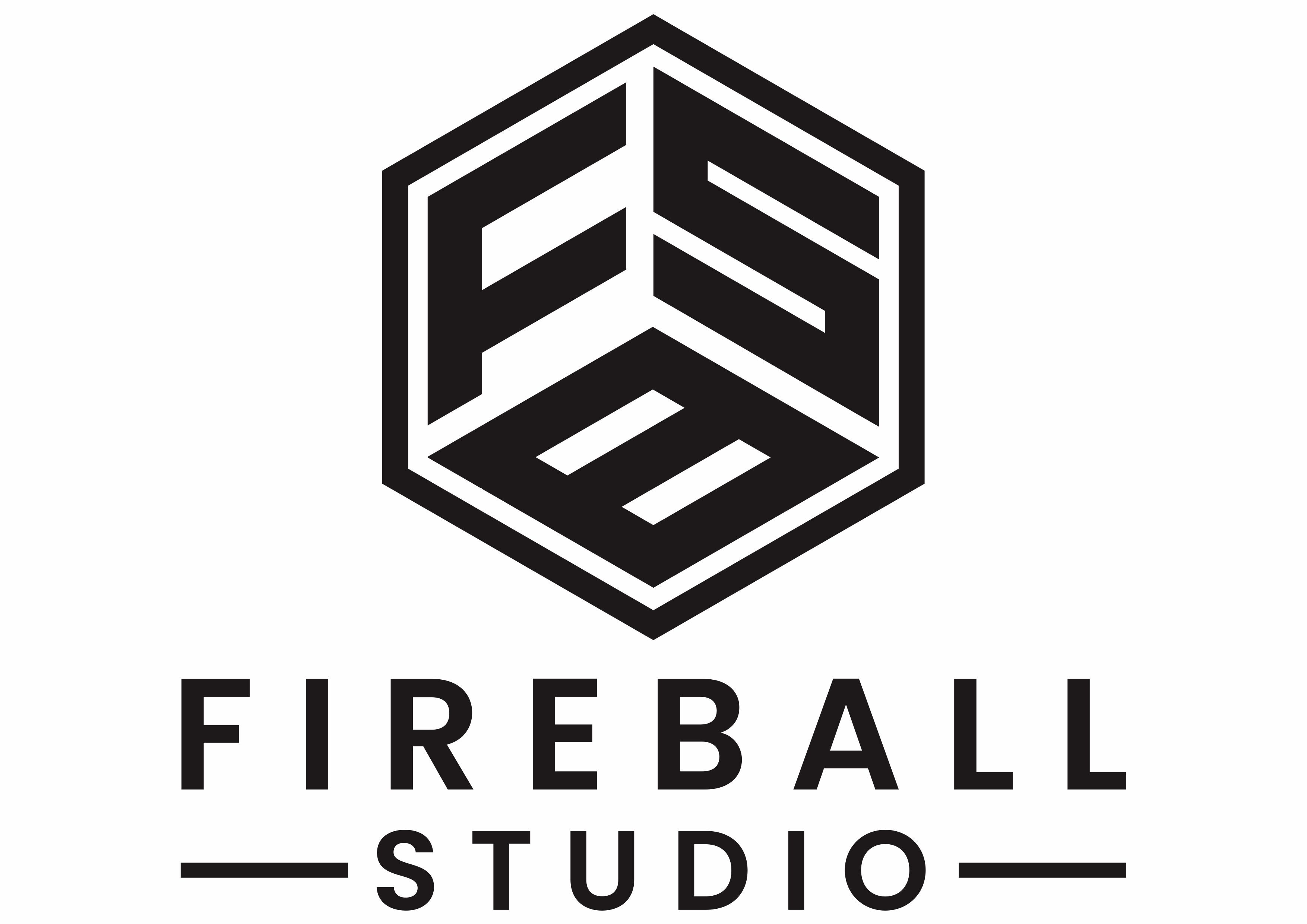If you’re a private practice owner, especially in the mental health or wellness space, your profitability doesn’t just depend on the number of clients you see. It depends on how many of your claims get paid quickly, completely, and without rework. And that starts with one critical concept: clean claims.
Clean claims aren’t just an ideal. They’re a requirement if you want your billing to run efficiently and your cash flow to stay strong. Yet most small practices are submitting claims that are far from clean. It’s costing them more than they think.
At Fireball Studio, we specialize in helping providers get paid faster and more consistently by optimizing their claims workflow. That starts with getting every claim out the door right the first time.
Let’s unpack what a clean claim really is, why it matters so much, and how you can clean up your billing process, once and for all.

What Is a Clean Claim?
A clean claim is one that can be processed and paid by the insurance company on the first submission with no need for corrections, additional documentation, or manual intervention.
In other words:
- No missing fields
- No coding errors
- No mismatched information
- No questions about provider credentials or authorization
- No delay due to formatting issues or payer-specific rules
A clean claim is not only accurate but also payer ready.
When your claims are clean, they move through the system smoothly and land in your bank account faster. But when they aren’t, they can get stuck in limbo for weeks or even months.
Why Clean Claims Matter?
Clean claims are more than a billing goal. They’re a business strategy. Here’s why they matter so much to your bottom line:
- Faster Payments
Clean claims get paid faster. Most payers process clean claims within 7–14 days. Denied or delayed claims? Those can take 30, 60, or even 90 days to resolve, if they’re ever resolved at all. That kind of delay can cripple your cash flow, especially for solo and small group practices.
- Fewer Write-Offs
Every time a claim gets denied or rejected, there’s a chance it never gets followed up. Busy practices often let small denials slide, especially if the rework isn’t straightforward. Over time, that adds up to thousands in lost revenue. Clean claims reduce that risk dramatically.
- Lower Admin Costs
Chasing down denials, fixing errors, calling payers, resubmitting claims. That’s admin time you could be spending on growing your practice or serving more clients. Clean claims cut that rework by a huge margin, freeing up your team for higher-value tasks.
- Better Reputation with Payers
Payers track claim submission accuracy. Practices that regularly submit clean claims are less likely to be flagged for audits and more likely to receive faster service on support calls or escalations. A good relationship with payers starts with clean billing.
Why Most Practices Struggle with Clean Claims?
Most of the practices I audit believe they’re doing “fine” with billing. Until we start digging.
Many practices have dozens, or hundreds, of claims that were rejected or denied because of fixable issues, and they didn’t even realize it. The problem isn’t effort. It’s visibility and systems.
Common issues include:
- Incorrect CPT codes or missing modifiers
- Mismatched patient information (name, DOB, ID number)
- Expired authorizations or missing referrals
- Incomplete provider credentialing with the payer
- Lack of understanding of payer-specific formatting rules
These aren’t just technical glitches. They’re workflow issues that can and should be addressed upstream.
How I Optimize Claims for Clean Submissions
At Fireball Studio, we build your billing process to support clean claims from the ground up. Here’s how:
- Front-End Accuracy
Clean claims start before the session happens. That means:
- Verifying eligibility and benefits before every new client visit
- Making sure the client’s insurance info is correct and current
- Confirming that authorization or referrals (if needed) are in place
- Training front desk or intake staff to flag common data entry issues
This is often where the biggest errors start and where we can make the biggest improvements.
- CPT Coding and Modifier Review
CPT codes must match the service and the documentation. I work with providers to ensure their coding reflects time, complexity, and payer requirements accurately. I also review modifier usage (like -95 for telehealth) to avoid rejections based on place of service.
- System Integration and Automation
We optimize your EHR or billing platform to support automated checks, error alerts, and custom templates that reduce human error. If your system isn’t set up to prevent common mistakes, it’s costing you money.
- Claim Review and Edits
Before claims go out, we apply a second layer of edits to catch issues that clearinghouses and payers commonly flag. This includes NPI mismatches, invalid place of service codes, and formatting issues that cause silent rejections.
- Post-Submission Monitoring
Even the best billing system won’t catch everything. That’s why we implement structured follow-ups, track rejections daily, and proactively identify patterns. If one payer changes a rule or starts flagging claims unexpectedly, we’re on it before you feel the impact.
You Deserve to Get Paid—Without the Headaches
You work hard for every session. You show up for your clients. You manage the ups and downs of running a practice. But if your billing system isn’t optimized for clean claims, you’re working harder than you need to and getting paid less than you should.
Submitting clean claims isn’t just a nice idea. It’s a strategic move that improves your profitability, strengthens your systems, and protects your peace of mind.
If you’re ready to stop guessing, start optimizing, and finally get your billing to work for your business, let’s talk.
